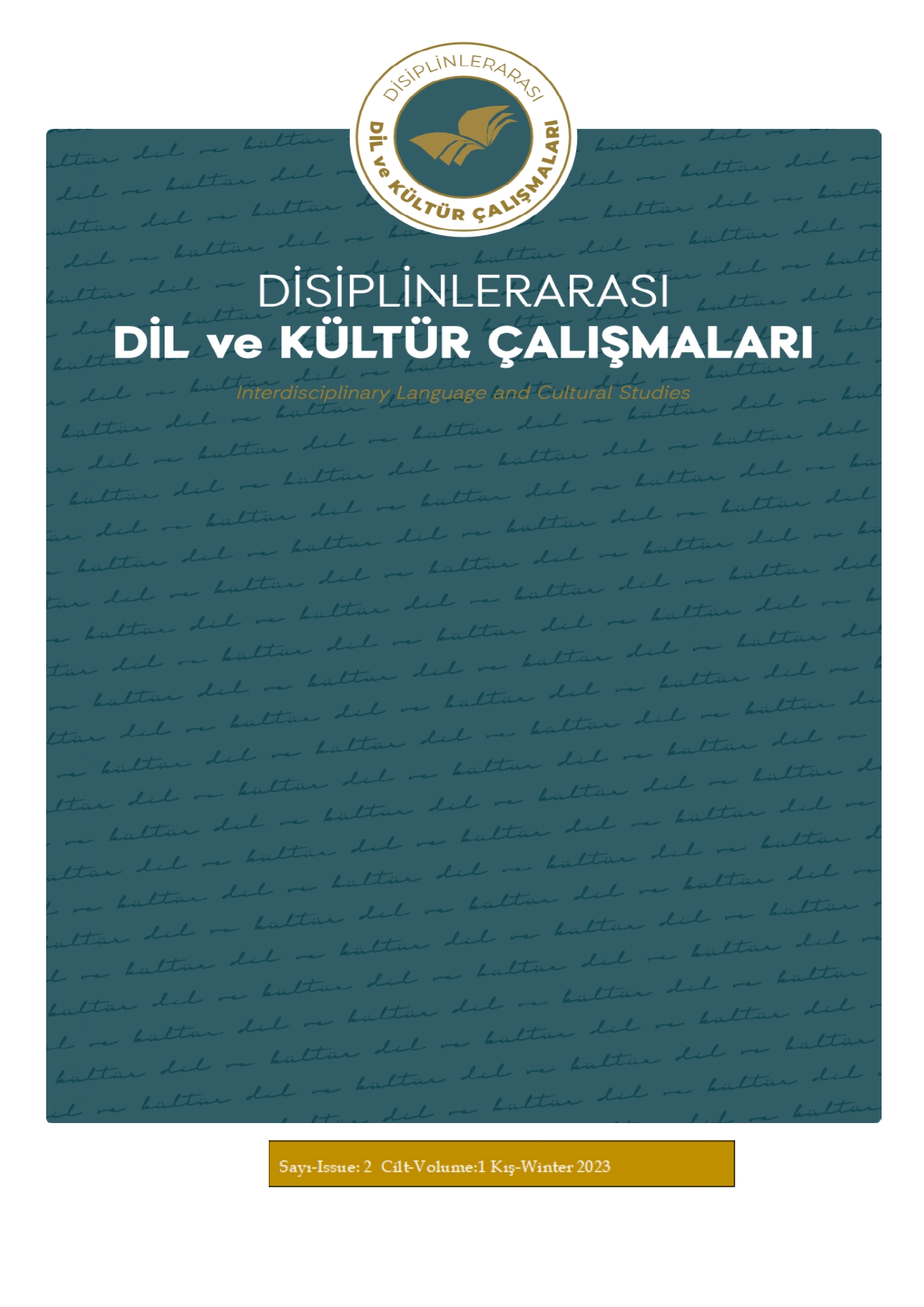DIAMOND OR JEWEL: PUNISHMENT OR REWARD?
DOI:
https://doi.org/10.5281/zenodo.10390490%20%20%20%20%20%20%20%20%20%20%20%20%20%20%20%20%20%20%20%20Abstract
The Renaissance period was characterized by the dissemination of new ideas and concepts across Europe, originating in Italy and gradually reaching England. This paper explores the impact of societal dynamics on literature in the Renaissance period, with a particular focus on the genre of drama. Drawing on the feminist theories of Luce Irigaray, which emphasize the objectification and exchange of women in a homosocial world, it examines the characters of Abigail in "The Jew Of Malta" and Susan in "A Woman Killed with Kindness." Drawing on the feminist theories of Luce Irigaray, which emphasize the objectification and exchange of women in a homosocial world, this paper examines the characters of Abigail in "The Jew of Malta" and Susan in "A Woman Killed with Kindness." It shows how the Renaissance playwrights criticized the idea of the commodification of women at that time by rewarding Susan and by punishing Abigail.
Key words: Commodification, homosocial economy, "The Jew Of Malta”, "A Woman Killed with Kindness”, feminism
References
Bennett, Lyn. “The Homosocial Economies of A Woman Killed with Kindness”. Renaissance and Reformation. 24 2 (2000): 35-61. Web.
Beskin, Anna. Good Girl, Bad Girl: The Role of Abigail and Jessica in The Jew of Malta and The Merchant of Venice. Graduate Thesis and Dissertations, 2007. Web.
Boyle, A.J. Tragic Seneca: An Essay in the Theatrical Tradition. London: Routledge, 1997. Web.
Chedgzoy, Kate. “Marlowe’s Men and Women: Gender and Sexuality”. The Cambridge Companion to English Renaissance Drama. UK: Cambridge University Press, 1990. Web.
Cook, James Wyatt. Encyclopedia of Renaissance Literature. New York: Infobase Publishing, 2006. Web.
Findlay, Allison. “Women and Drama”. A Companion to English Renaissance Literature and Culture. USA: Blackwell Publishing, 2000. Web.
Greenblatt, Stephen and M.H. Abrams. The Norton Anthology of English Literature. Eighth edition. Vol I. New York: Norton & Company, 2006. Web.
Grendler, Paul F. The Renaissance: An Encyclopedia for Students. Vol. 2. USA: Charles Scribner’s Sons, 2004. Web.
Grendler, Paul F. The Renaissance: An Encyclopedia for Students. Vol. 3. USA: Charles Scribner’s Sons, 2004. Web.
Hattaway, Micheal. A Companion to English Renaissance Literature and Culture. USA: Blackwell Publishing, 2000. Web.
Hattaway, Micheal. The Cambridge Companion to English Renaissance Drama. UK: Cambridge University Press, 1990. Web.
Irigaray, Luce. This Sex Which is not One. Ithaca: Cornell University Press, 1985. Print.
Marlowe, Christopher. The Jew of Malta. Ed. David Bevington. Manchester: Manchester University Press, 1997. Web.
McDowall, David. An Illustrated History of Britain. Edinburgh: Longman, 1989. Web.
Reigle, Kimberly. “Staging the Convent as Resistance in The Jew of Malta and Measure for Measure”. Comparative Drama 46 2 (2012): 497-516. Web.
Robin, Diane and Anne R. Larson and Caroline Levin. Women in the Renaissance: Italy, France, England. California: ABC Clio, 2007. Web.
Wiggins, Martin. A Woman Killed with Kindness and Other Domestic Plays. Oxford: Oxford University Press, 2008. Web.
Downloads
Published
How to Cite
Issue
Section
License
Copyright (c) 2023 Interdisciplinary Language and Culture Studies

This work is licensed under a Creative Commons Attribution 4.0 International License.



